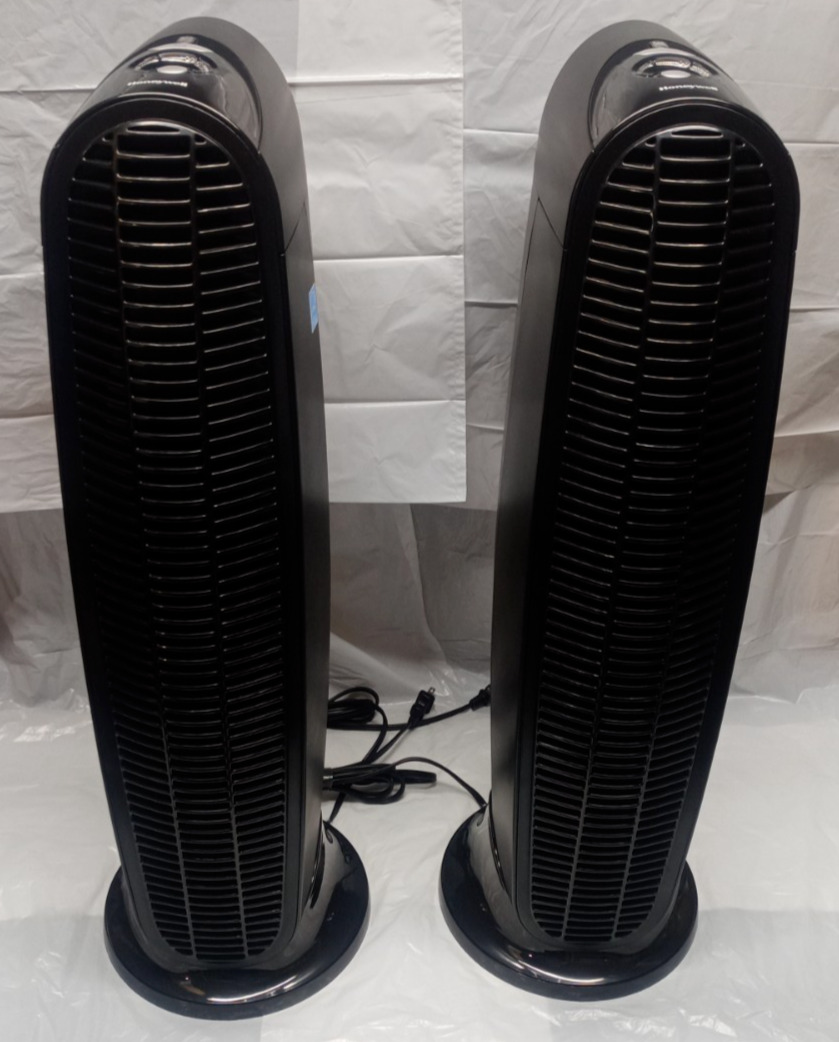Table of Contents
Indoor air quality improvement
Breathing New Life: How Indoor Air Quality Improvement Can Transform Schools
Indoor air quality improvement takes center stage in reshaping the future of school environments for enhanced health and learning.
Revitalizing Education: Cleaner Air Paves the Path for Open Schools
In the heart of Denver’s East High, a melody of violins once harmonized through a cluttered music room. As sunlight streamed in, sophomores practiced their tunes while music teacher Keith Oxman guided them. Yet, the atmosphere held an underlying concern—stifling windows and inadequate ventilation plagued the aging institution.
The pandemic surged, thrusting schools like East High into the center of a heated debate. Poorly ventilated spaces emerged as breeding grounds for viral transmission, prompting a crisis that jeopardized the health of both students and educators. An outbreak that originated in November 2021 left a grim toll—more than 500 students, nearly one in five, and 65 staff members fell ill. One life was tragically lost.
Throughout the nation, the pandemic unleashed a storm of school closures, sending shockwaves through education systems. Academic achievements plummeted, millions of families felt the tremors of upheaval, and a tide of discontent, especially among conservatives, swelled. As the next presidential election loomed, remote learning and prolonged closures fueled the Republican narrative that the pandemic was mishandled, fueling a flurry of congressional hearings and academic research on the distressing impact on children’s learning and mental well-being.
Yet, a different narrative emerges when we consider the pandemic’s lessons through the lens of airborne transmission. The crisis spotlighted the critical role of indoor air quality in shaping the trajectory of education. A study revealed that schools that embraced air quality enhancements witnessed a significant 40% reduction in Covid incidence. The silver lining lay in the understanding that cleaner air could have potentially averted some of the closures.
The American school infrastructure, with an average age of 50 years, faced a reckoning. The Government Accountability Office’s 2020 analysis unveiled a stark reality—approximately 41% of school districts required significant updates or replacements for their heating, ventilation, and air-conditioning systems in over 36,000 buildings. The moment, ripe with potential, presented an unprecedented opportunity for transformation, backed by nearly $200 billion in pandemic-related funds, including the American Rescue Plan Act, and an additional $350 billion allocated to state and local governments.
Joseph Allen, the director of the Healthy Buildings program at the Harvard T.H. Chan School of Public Health, emphasized the significance: “It’s a once-in-a-generation opportunity to fix decades of neglect of our school building infrastructure.” Yet, a maze of challenges emerged, from the lack of clear federal guidelines on indoor air quality to delays in procuring essential equipment.
Amidst the labyrinth, a central challenge emerged—the dilemma of insufficient awareness among school officials about the available funds. Dr. Allen echoed the sentiment, expressing disbelief at the untapped resources. The pandemic-induced funding influx spotlighted a deeper quandary—an air quality crisis that transcends Covid. Indoor air can harbor not only pathogens but also a cocktail of pollutants like carbon monoxide and lead particles, with concentrations often exceeding outdoor levels.
The shadow of smoke further darkened the air quality landscape. Canadian wildfires blanketed the Northeast, and California schools shuttered in the wake of smoke plumes. In Denver, the air quality plummeted during May, earning the city an unenviable rank as the world’s second most polluted city. The battle for quality air extended to combating asthma, a condition that afflicts one in 13 American schoolchildren. Denver’s public schools bore a disproportionate burden, with asthma rates over 20%, double the national average.
The remedy lay in modern air-filtration systems that not only combat particulate matter but also bolster academic performance. Research pointed to enhanced attention spans, memory retention, and reduced absenteeism due to illness. The analogy with drinking water crystallized the imperative—just as we wouldn’t accept contaminated water, we shouldn’t accept air laden with pathogens.
Curiously, the pandemic underscored an ambiguity that once clouded school administrators—how clean should the indoor air be? Clarity emerged as the CDC recommended five air changes per hour, a measure that would ensure effective ventilation. Simultaneously, the American Society of Heating, Refrigerating, and Air-Conditioning Engineers established guidelines for “pathogen-free air flow,” providing building managers with tools to navigate outbreaks through enhanced filtration and ventilation.
The tide of progress began to swell. CDC surveys unveiled a heartening revelation—70% of schools evaluated their ventilation systems, marking a notable step forward. With agency surveys showcasing that one in three school districts implemented air quality enhancements, and more than a quarter embraced air purifiers, the trajectory of change seemed encouraging. Several states marched ahead with legislative agendas focused on elevating air quality standards in schools.
Evidence from a survey of Georgia’s elementary schools indicated that those with improved ventilation exhibited a 39% reduction in Covid cases. A complementary addition of filtration intensified the impact, resulting in a 48% decline. Across the seas in Italy, classrooms with ventilation systems boasted a 74% lower infection risk than their counterparts with open windows. A CDC estimate attributed up to a 65% reduction in aerosol exposure to air purifiers.
However, as the battle against pollutants and pathogens intensified, urban schools found themselves grappling with multi-faceted challenges. Unforgiving temperatures strained resources, leading to early school closures in cities like Philadelphia and Baltimore due to oppressive heat. In Denver, where 37 schools lacked air-conditioning, officials worked to alleviate the heat by installing new cooling systems.
The terrain was particularly arduous for schools in disadvantaged neighborhoods, where students of color bore the brunt of environmental burdens. Studies exposed a link between hot classrooms and diminished test scores, highlighting that this factor alone accounted for about 5% of the racial achievement gap. Yet, amidst these challenges, schools juggled an intricate balancing act, prioritizing students’ safety, well-being, and academic progress.
In a bid to confront the indoor air challenge head-on, the University of Colorado, Boulder, embarked on a groundbreaking initiative. Air quality monitors infiltrated Denver’s schools, capturing data before and after introducing classroom air purifiers. The results were promising—two purifiers in an average classroom doubled air exchange rates, removing allergens and pollutants.
Mark Hernandez, the air quality expert leading the initiative, secured a grant for installing 2,400 air quality monitors across the state, a move that holds promise for significantly curbing absenteeism. However, a significant hurdle persisted—school officials, grappling with a lack of expertise, struggled to navigate the labyrinthine world of air filtration systems.
Amidst this complexity, school districts sought individualized solutions, fostering a patchwork of measures. Los Angeles invested in commercial-grade air cleaners, while Seattle opted for portable sensors. Westchester County in New York distributed over 5,600 air purifiers, and Boston Public Schools established a district-wide air quality monitoring system.
In the realm of education, where every penny counts, the allocation of funds often posed a dilemma. Balancing air quality improvements with pressing needs like staffing and technology emerged as a delicate act. The spectrum of spending on air quality, ranging from meager to extravagant, highlighted the uneven distribution of resources.
Yet, where air quality emerged as a priority, the dividends were substantial. In Boulder High School, air purifiers and sensors were installed in most classrooms. These measures, funded by a bond issued in 2014, heralded a 44% reduction in carbon dioxide levels, a promising indicator of improved air quality. Although an outbreak hit the school during the Omicron wave, the numbers remained comparatively controlled
[ad_1]
Breathing New Life: How Indoor Air Quality Improvement Can Transform Schools
Are you concerned about the air quality in schools and its impact on the health of students and teachers? The COVID-19 pandemic has highlighted the critical importance of clean indoor air in educational settings. As we navigate the challenges of reopening schools and ensuring the safety of everyone inside, it’s essential to address the issue of poor ventilation and airborne pollutants. The good news is that there are solutions available to enhance indoor air quality, creating a healthier and more conducive learning environment for all.
In the midst of the pandemic, poorly ventilated spaces became breeding grounds for the transmission of viruses, including the coronavirus. But beyond the immediate health crisis, indoor air quality has broader implications for the well-being of students and staff. Research has shown that cleaner air not only reduces the risk of infections but also contributes to better academic performance, increased attention spans, and decreased absences due to illness. The significance of this issue has prompted action, with various initiatives and funding opportunities aimed at improving ventilation systems in schools across the nation.
One effective solution that has gained momentum is the use of air purifiers. These devices are designed to remove harmful particles, pollutants, and pathogens from the air, creating a safer and more breathable environment. By incorporating air purifiers into classrooms and common areas, schools can take a proactive step towards safeguarding the health of their students and educators. As we continue to prioritize the well-being of our school communities, investing in indoor air quality improvement measures, such as air purifiers, is not only a practical decision but a vital one.
In the following section, you’ll find a range of carefully selected air purifiers that align with the goal of enhancing indoor air quality in schools. These products are designed to effectively filter out contaminants and create a cleaner environment for learning. By considering these options, you can play a role in promoting healthier and safer educational spaces. Take a step towards better indoor air quality today, and join the movement for improved well-being in schools.
[ad_1]
Shop Products On Amazon










[ad_1]
Shop Products on Ebay









[ad_1]
Trending Similar Stories in the News
Regulating Indoor Air Quality Johns Hopkins Bloomberg School of Public Health...
How to improve indoor air quality, from filters and purifiers to HVAC NPR...
20 ways to reduce indoor air pollution in your home Gwinnettdailypost.com...
[ad_1]
Trending Videos of Indoor air quality improvement
How walls of moss could help reduce urban air pollution - BBC News
Solutions for Air Pollution with Prof. Daniel Horton
[ad_2]
Similar Posts, Popular Now
Tornado damage assessment
Antonio Brown arrest
Space education videos
Tecumseh tornado damage
Pakistani Man’s Beliefs





💬 What’s your take? Drop a comment below! ⬇️
#BreakingNews #LatestUpdate #StayInformed
📖 Read More: https://newsburrow.com/indoor-air-quality-improvement-for-schools/